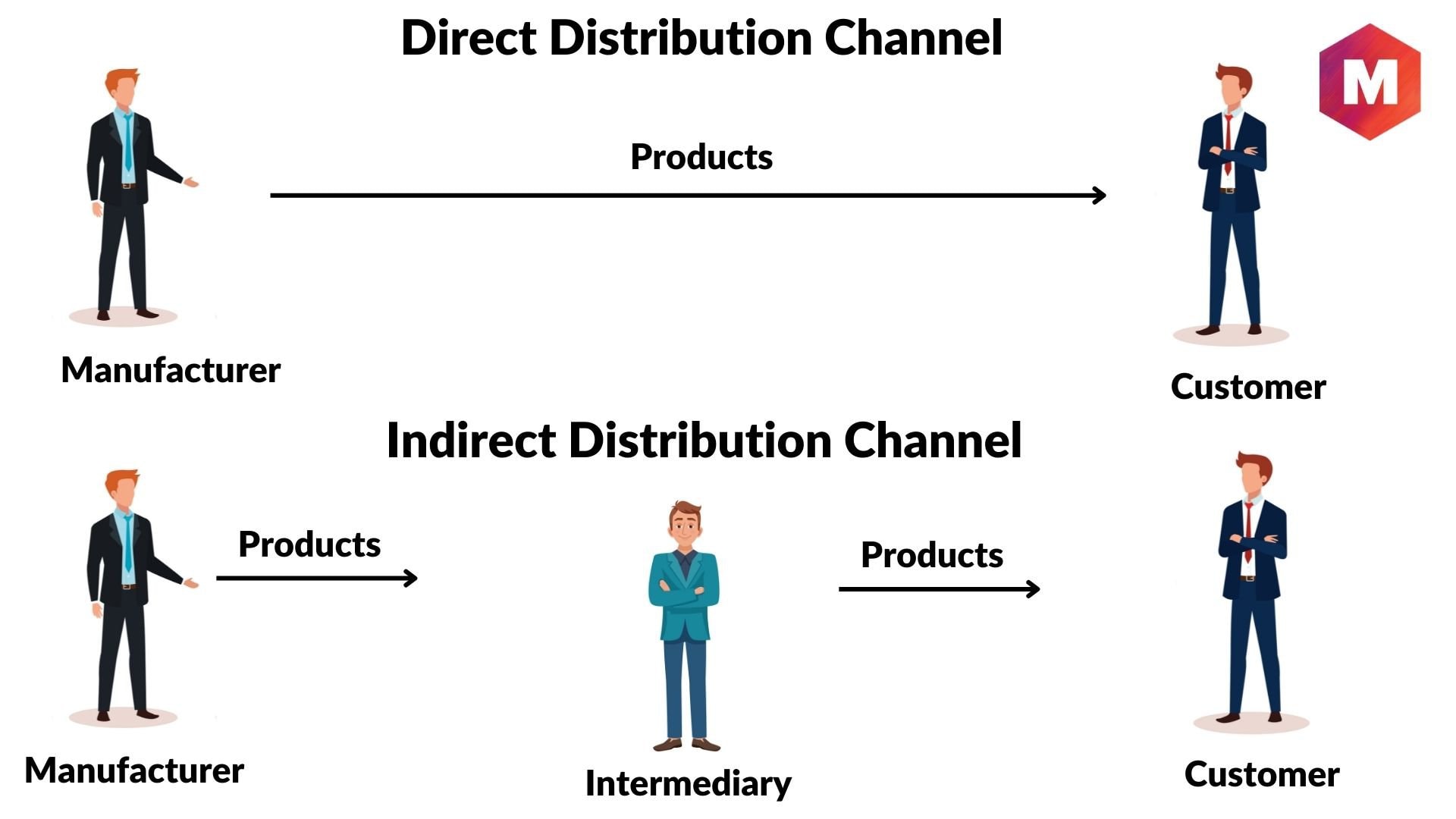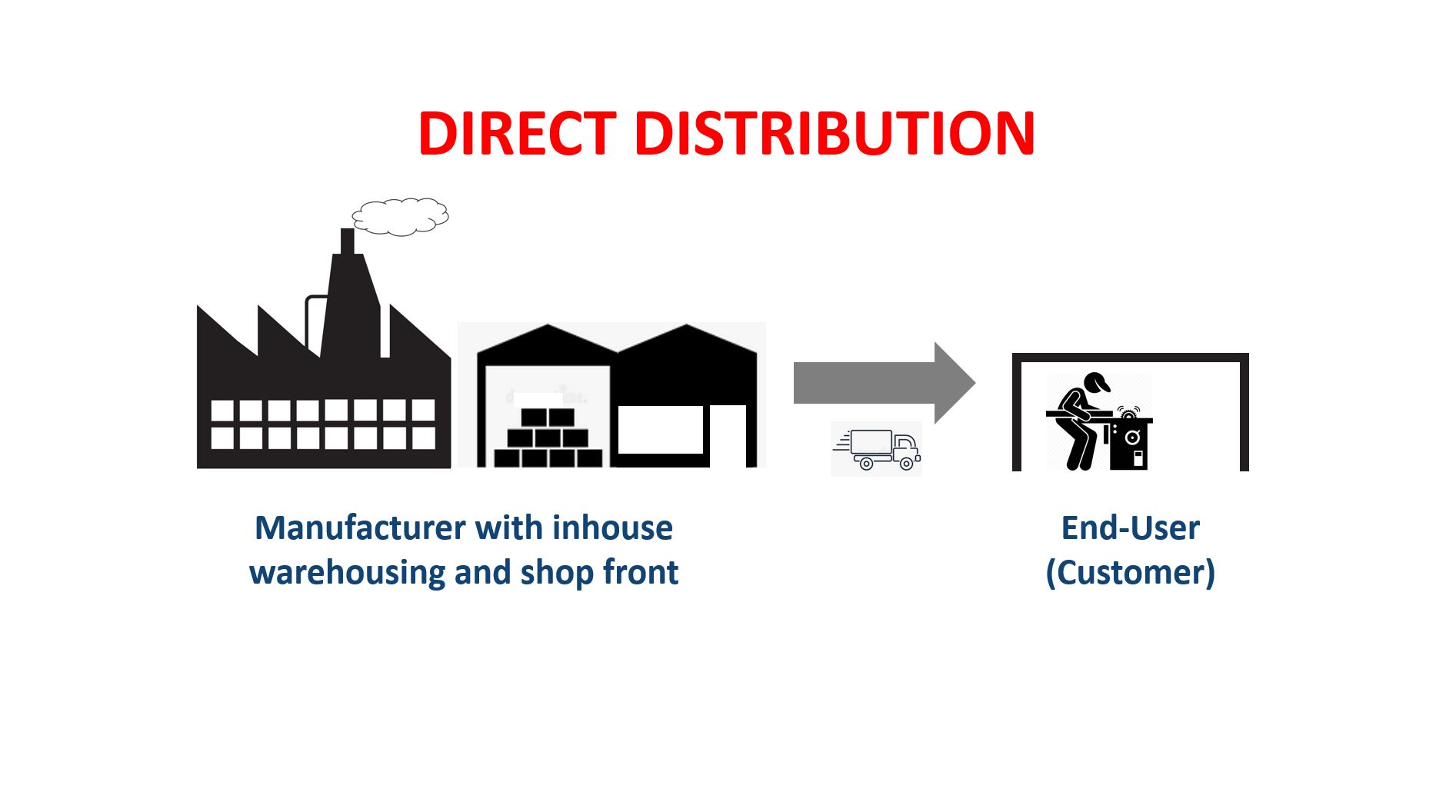Tuft & Needle Distribution Channel Direct To Consumer

The direct-to-consumer (DTC) revolution, once hailed as the savior of nascent brands, is facing a harsh reckoning. Companies that bypassed traditional retail channels to connect directly with consumers are now confronting a landscape riddled with escalating customer acquisition costs, intense competition, and shifting consumer expectations. Once a poster child of this movement, Tuft & Needle, the mattress disruptor, offers a compelling case study of the challenges and adaptations necessary to thrive in the evolving DTC market.
This article will delve into the nuances of Tuft & Needle's DTC distribution channel, examining its initial success, the subsequent hurdles encountered, and the strategic pivots undertaken to navigate the current market dynamics. We will explore the core of their business model, its advantages and limitations, and the evolving strategies the company uses to stay relevant.
The Rise of a DTC Disruptor
Tuft & Needle emerged in 2012, challenging the traditional mattress industry with a simplified product offering and a transparent pricing model. By cutting out middlemen and selling directly to consumers online, they were able to offer mattresses at a significantly lower price point than established brands sold in brick-and-mortar stores.
This strategy resonated with consumers who were increasingly frustrated with the opaque pricing and high-pressure sales tactics of conventional mattress retailers. Tuft & Needle's success was not solely based on price; they also cultivated a strong brand identity centered around quality, simplicity, and exceptional customer service.
Initial marketing efforts focused on digital channels, particularly search engine optimization (SEO) and social media marketing. Word-of-mouth marketing proved to be a powerful driver of growth, as satisfied customers shared their positive experiences online.
The Cracks in the Foundation: Challenges Emerge
As the DTC mattress market became increasingly crowded, Tuft & Needle began to face significant headwinds. The cost of acquiring new customers through online advertising soared, making it more difficult to maintain profitability.
Google and Facebook, the dominant players in digital advertising, increased their rates, putting pressure on margins. Competitors, both established brands and new entrants, flooded the market with similar products and aggressive marketing campaigns.
Maintaining brand differentiation became a major challenge. Copycat brands, using similar marketing strategies and product designs, eroded Tuft & Needle's competitive advantage. Furthermore, the company faced operational challenges as it scaled its business.
Strategic Pivots: Adapting to the New Reality
Recognizing the changing market landscape, Tuft & Needle began to diversify its distribution strategy. In 2018, they merged with Serta Simmons Bedding, a leading mattress manufacturer. This partnership provided Tuft & Needle with access to a wider distribution network and valuable resources.
This move signaled a departure from the pure-play DTC model and a recognition of the value of traditional retail channels. Tuft & Needle products began to appear in select retail stores, offering consumers the opportunity to try before they buy.
The company also invested in improving its customer experience, both online and offline. They expanded their product line to include bedding accessories and furniture, creating a more comprehensive home furnishings offering.
The Importance of Brand Building
Maintaining a strong brand identity is crucial for Tuft & Needle in the face of increasing competition. They continue to emphasize their commitment to quality, simplicity, and customer service in their marketing efforts.
Brand building involves creating an emotional connection with customers through storytelling and content marketing. Tuft & Needle leverages its blog and social media channels to share informative and engaging content about sleep health and wellness.
They focus on building a community around their brand, fostering customer loyalty and advocacy.
Analyzing the Hybrid Approach
Tuft & Needle's adoption of a hybrid distribution model reflects a broader trend in the DTC industry. Many DTC brands are recognizing the limitations of relying solely on online channels and are exploring partnerships with traditional retailers.
This approach allows them to reach a wider audience, increase brand awareness, and provide customers with a more convenient shopping experience. However, it also presents new challenges, such as managing relationships with retail partners and maintaining brand consistency across different channels.
The success of a hybrid model depends on careful planning and execution. Brands must ensure that their online and offline experiences are seamless and consistent.
The Future of Tuft & Needle and the DTC Model
The future of Tuft & Needle hinges on its ability to continue adapting to the ever-changing market dynamics. This means embracing innovation, investing in technology, and staying attuned to consumer needs.
The company's partnership with Serta Simmons Bedding provides a strong foundation for future growth. However, they must continue to differentiate themselves from competitors and maintain a strong brand identity.
The DTC model is not dead, but it is evolving. Brands that are willing to adapt and innovate will be the ones that thrive in the long run.


















